Very excited to have interviewed Dr. Michael Lustgarten in my role as longevity / aging ambassador for the ideaXme Show — Mike has been at the forefront of studying the 100 trillion organisms present in the human microbiome, their effect on human health and wellness, as well as a major proponent of metabolomics and biologic age tracking — A true future thinker in the area of extending human lifespan and healthspan
Category: genetics
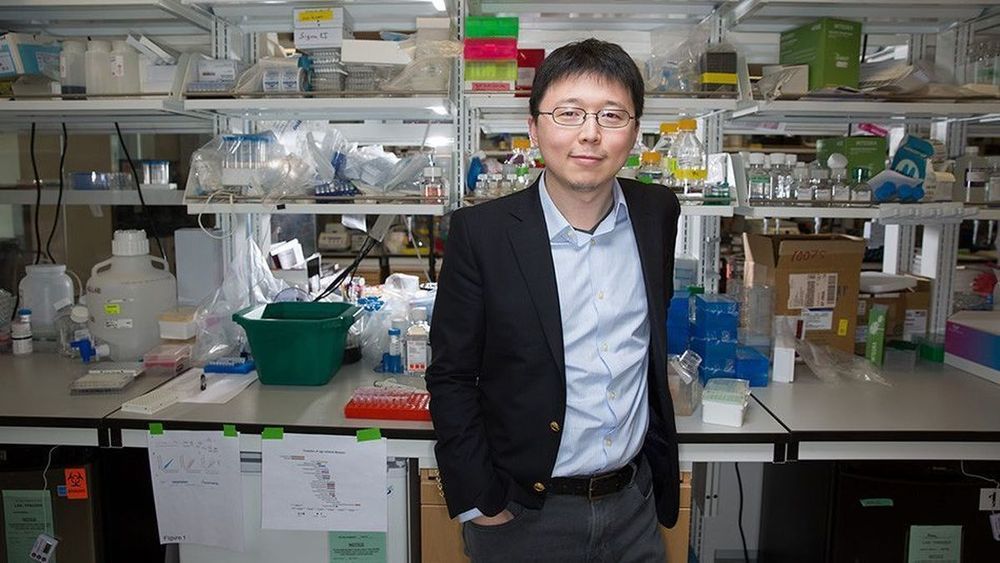
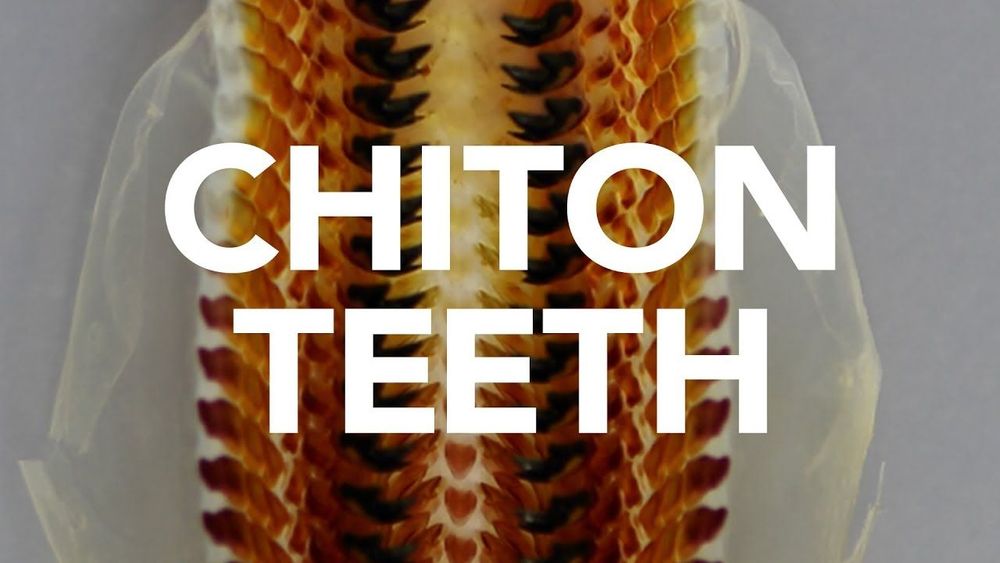
Mollusk with magnetic teeth could be the key to nanoscale energy sources
A team of scientists have made a new discovery about naturally occurring magnetic materials, which in turn could lead to the development of nanoscale energy sources used to power next generation electronic devices. Researchers from Japan’s Okayama University and UC Riverside’s Bourns College of Engineering worked together to study the gumboot chiton, a type of mollusk that produces teeth made of the magnetic mineral magnetite, in hopes of better understanding its genetic process.

A New Kind of Doctor’s Office
Hey New York, meet Forward. A new kind of doctor’s office with unlimited visits & no copays. Ever. Forward has two locations in NoMad & Midtown featuring unlimited access to world-class doctors, biometric body scans, genetic testing and so much more. Learn why The New Yorker called us “the doctor’s office of the future” → https://bit.ly/2sVXtfa
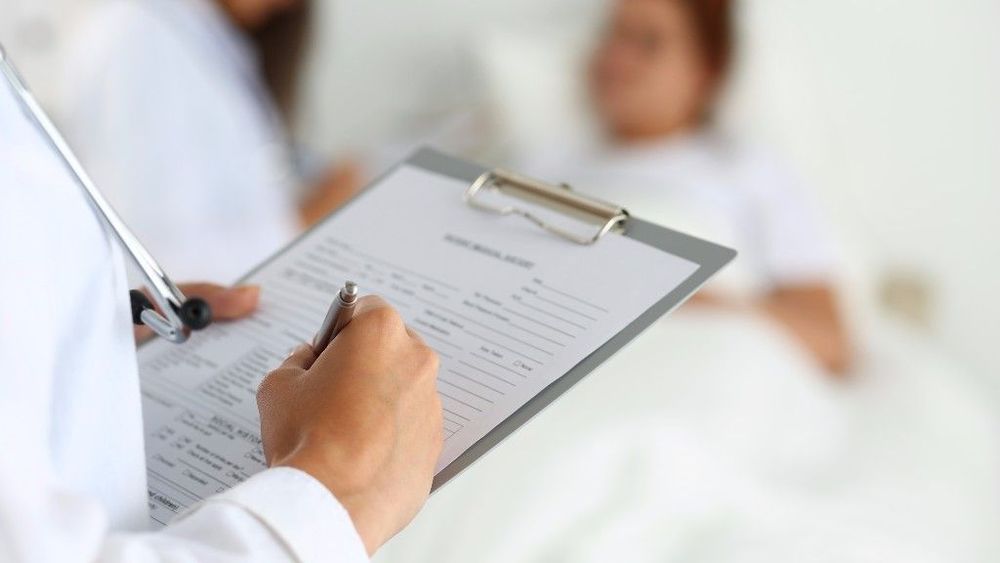
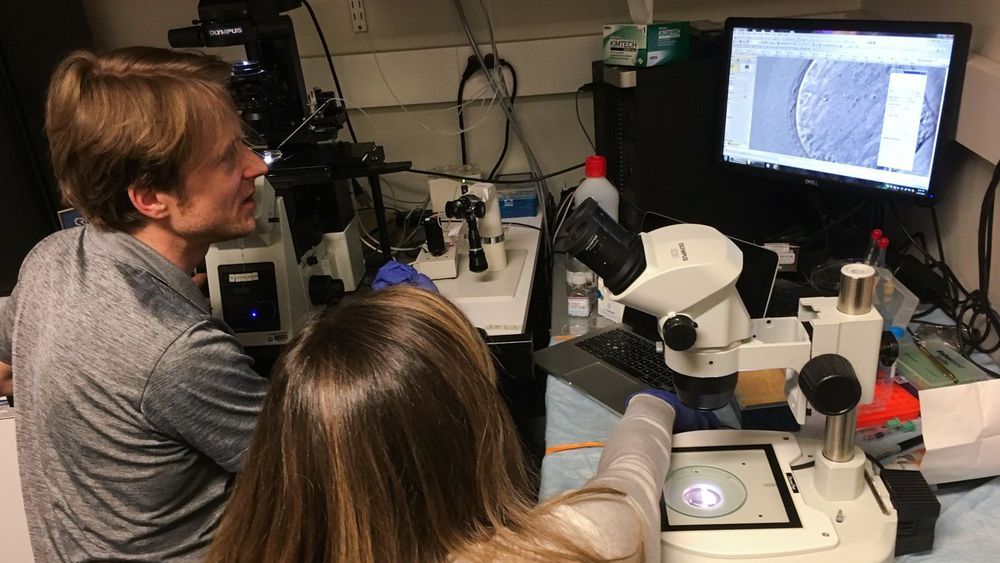
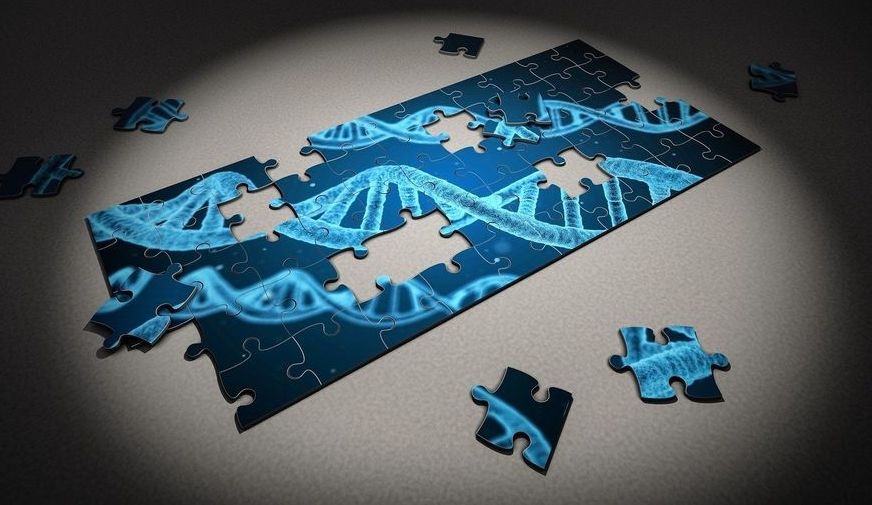
Exploring the dark side of the genome
Dr. Rico explained: “When we compare human genomes from different people, we see that they are way more different than we initially expected when the Human Genome Project was declared to be ”completed” in 2003. One of the main contributions to these differences are the so called Copy Number Variable (CNV) regions. CNV regions are in different copy number depending on each individual, and their variability can be greater in some human populations than others. The number of copies of CNV regions can contribute to both normal phenotypic variability in the populations and susceptibility to certain diseases.
Research has shown a direct relationship between mutations in introns and variability in human populations.
One of the greatest challenges of genomics is to reveal what role the ”dark side” of the human genome plays: those regions where it has not yet been possible to find specific functions. The role that introns play within that immense part of the genome is especially mysterious. The introns, which represent almost half the size of the human genome, are constitutive parts of genes that alternate with regions that code for proteins, called exons.
Research published in PLOS Genetics, led by Alfonso Valencia, ICREA, director of the Life Sciences department of the Barcelona Supercomputing Center-National Supercomputing Center (BSC) and Dr. Daniel Rico of the Institute of Cellular Medicine, Newcastle University has analysed how introns are affected by copy number variants (CNV). CNVs are genomic variants that result in the presence (even in multiple copies) or absence of regions of the genome in different individuals.
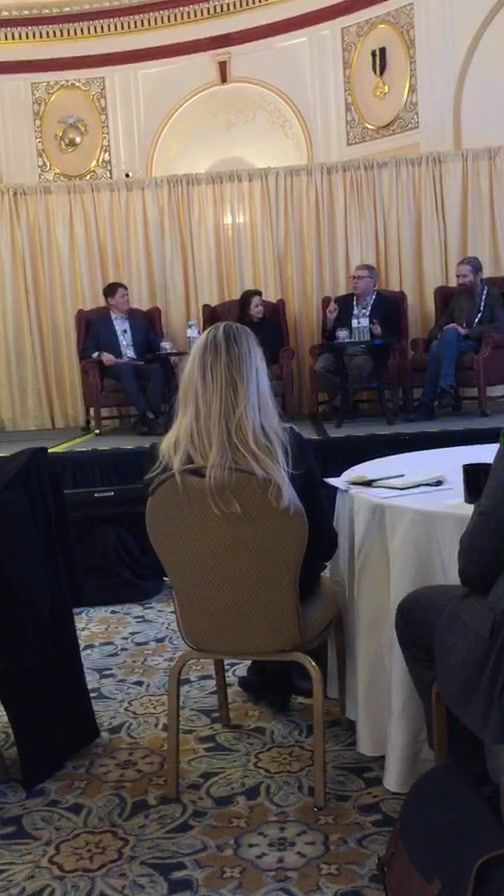
An amazing panel with Aubrey de Grey, Judy Campisi, and Nir Barzilai
Click on photo to start video.
Hosted by John Lewis of Oisin. Panel title: “A Therapeutic Revolution Against Aging”.
Aubrey de Grey, Judy Campisi, Nir Barzilai in a panel titled “A Therapeutic Revolution Against Aging”. Hosted by John Lewis of Oisin.
This was an excellent panel! Topics included Yamanaka factors, epigenetic rollback, partial reprogramming and many more. Judy disagreed with Aubrey on the nature of aging, Nir brought up a great point about the secret to rejuvenation lying in uncovering just how a 50-year old egg cell becomes a new rejuvenated baby, and even a paper on Jeanne Calment was mentioned!
Михаил Батин, I even filmed the audience several times — just for you! 😁.

New Aging Clock Could Predict Your Future Lifespan
A new aging clock developed by Professor Steve Horvath and his research team takes measuring your biological age a step further and can accurately predict your future lifespan.
The epigenetic clock
As we age, our DNA experiences chemical changes called DNA methylation (DNAm); these changes are used as a way to measure age and are the basis of the epigenetic clock. As we age, the methylation patterns present on our DNA change, and researchers can measure these changes to work out how old an animal or person is.
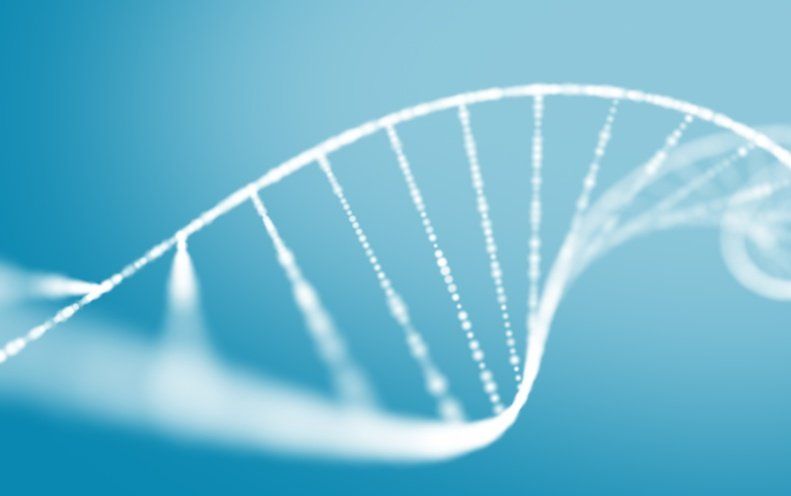
Genetic Tests for Autism Can Sometimes Change Lives
The assays don’t always yield results, but the information they offer can, at times, alter the course of treatment or prevention.
- By Jessica Wright, Spectrum on January 31, 2019